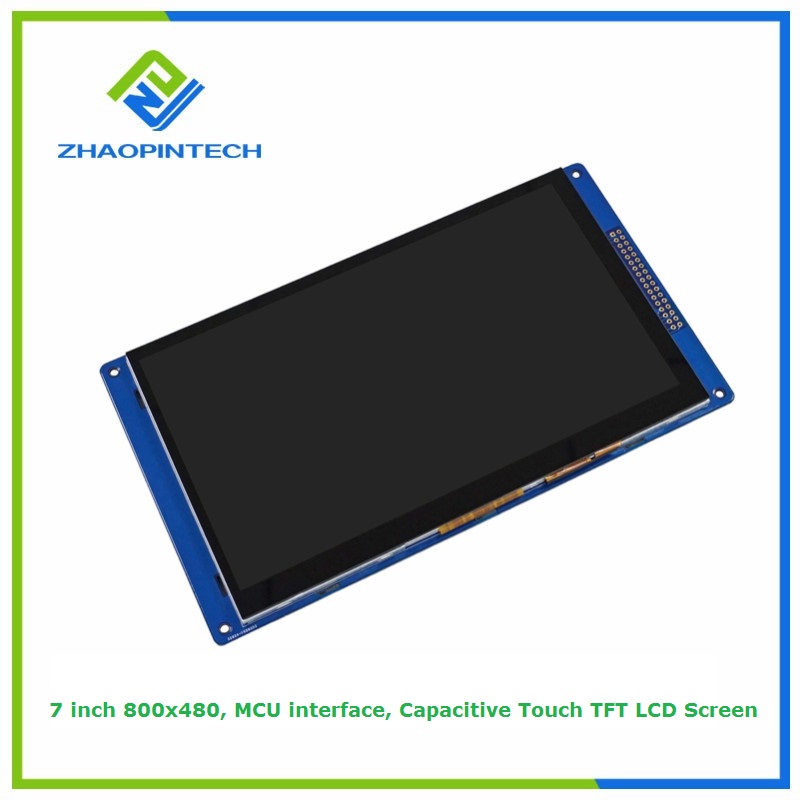Characteristics of Arduino LCD Display
2023-11-07
An Arduino LCD display is a type of screen that can be connected to an Arduino microcontroller to display text, numbers, and other information. These displays are commonly used in various Arduino projects, such as digital thermometers, clocks, weather stations, and more, to provide a visual interface for users. Here are the key features and characteristics of Arduino LCD displays:
1. Character LCD Displays: Arduino LCD displays are often character-based, which means they can display text and simple symbols. They come in various sizes, such as 16x2, 20x4, and more, indicating the number of characters and lines they can display.
2. Graphics LCD Displays: Some Arduino projects may use graphical LCD displays that can show more complex graphics and images. These displays often come with higher resolutions.
3. Communication Interface: Arduino LCD displays can use different communication interfaces, including the popular I2C and SPI protocols. These interfaces simplify the wiring and data transfer between the Arduino and the display.
4. HD44780 Controller: Many character-based Arduino LCD displays use the HD44780 controller, a standard controller that simplifies their integration with the Arduino. The LiquidCrystal library in Arduino IDE is commonly used to control these displays.
5. Backlight: Most Arduino LCD displays come with an adjustable backlight, allowing you to control the screen's visibility in different lighting conditions.
6. Text and Numbers: Arduino LCD displays are mainly used to show text and numerical data. You can use them to display sensor readings, status messages, or any other relevant information.
7. User Interface: LCD displays are used as user interfaces for Arduino projects, enabling users to interact with and receive feedback from the device.
8. Custom Characters: Some character LCD displays allow you to define and display custom characters, which can be useful for creating custom icons or symbols.
9. Low Power Consumption: Arduino LCD displays are generally power-efficient, which is important for battery-powered projects.
10. Library Support: Arduino provides libraries for different types of LCD displays, making it easier to interface and program them.
11. Versatility: Arduino LCD displays are versatile and can be used in a wide range of projects, from basic ones that show sensor data to more complex applications with graphical interfaces.
12. Integration: Arduino LCD displays can be integrated with other sensors, input devices, and output components to create interactive and informative projects.
Arduino LCD displays are a valuable addition to Arduino projects, providing a simple and effective means of displaying information to users. They are commonly used in both educational and practical applications, offering a tangible way to visualize data and interact with microcontroller-based systems.



